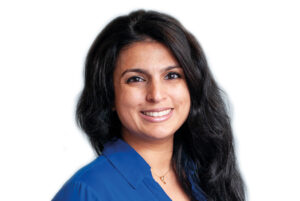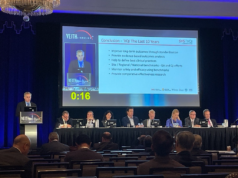
Money permeates every single aspect of American politics. To run a congressional race in Massachusetts, you need to raise a minimum of $2.5 million. This money directly pays for staff that run your campaign (the compliance guy makes sure your money is appropriately reported to keep you out of jail, the fundraising guy helps you raise money and connect with donors, and general counsel/campaign managers manage your time, advertising and travel.) If your message doesn’t get to voters, you can’t win, and that message reaches voters through campaign money being used to promote it through the media.
So important is fundraising in politics that it is the primary metric used to judge the likelihood a candidate will win. The more they raise, the greater their campaign reach can be, thus increasing their chances of success. Right or wrong, it’s the way American politics currently work, and clearly, those who can donate to a campaign will have the attention of the candidate and their team. They claim it’s not “pay to play” but, obviously, any physician who has ever heard of the Sunshine Act knows that, if you can raise money and donate to a candidate, they may be more likely to take your concerns seriously. Overall, running for office is expensive, particularly for federal elective offices like the Senate or the House of Representatives.
Candidates for these offices must communicate broadly and repeatedly with voters—on television, digital outlets and mail—which are inevitably expensive endeavors. It doesn’t take a genius to understand that, given the importance of money in a campaign, if the Society for Vascular Surgery (SVS) Political Action Committee (PAC) can financially support candidates that have a similar ideology that we SVS members do in terms of Medicare reimbursement cuts, for example, they are more likely to give us their time and act on our behalf in Congress.
A PAC is an aggregator of contributions, raising money from like-minded individuals who believe in the mission of that PAC and the candidates that the PAC is investing in. It is important to note that PACs are also limited in how much they can contribute to an individual candidate—$5,000 per candidate/per election. There are some PACs that are bipartisan, which means they support Republicans and Democrats. In fact, the SVS PAC is bipartisan, as are most other non-political member-serving societies, given that they represent diverse memberships with varying political views. In this model, PACs—such as the SVS PAC—raise money that is then used in direct support of candidates who support issues that are important to those memberships.
The SVS PAC is the only federally registered PAC operating to advance vascular-centric priorities. The SVS PAC is heavily involved in supporting members of Congress to stop recurrent Medicare reimbursement cuts, fortifying the vascular workforce, reducing administrative burdens associated with the practice of medicine, and ensuring patients can receive quality vascular care precisely when and where they need it.
The primary goal of a PAC is to make positive change in Congress, so we want to support candidates who can win. We ask ourselves before every endorsement: is the candidate raising money for their own campaign? Are they running in a district where they can win? And are they running against an opponent they can beat? We know that not every candidate we endorse is going to win, but if we’re helping to set up a candidate to be more viable in the future, or to make some inroads in a district that can be won in another election down the road, then that investment is still one worth making.
Money is a crucial part of American politics and, if we do not have money invested in the game, our political impact is not as significant as it should be. By giving to the PACs or candidates directly, we can help the right people get into political office so that our country can have the right people representing us at the federal level.
The decisions made by members of Congress directly impact our lives and our patients’ lives. We are not physically sitting in those Congressional seats, but we can ensure the right representatives are sitting there to do what we want for the people of the U.S.












